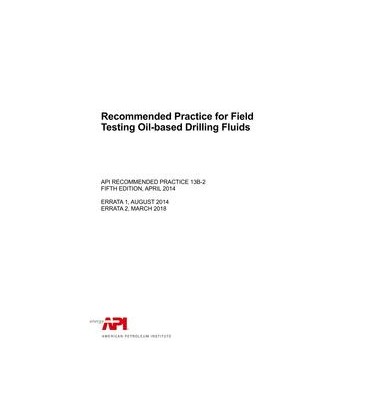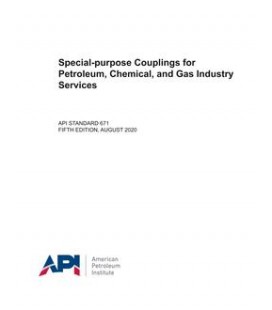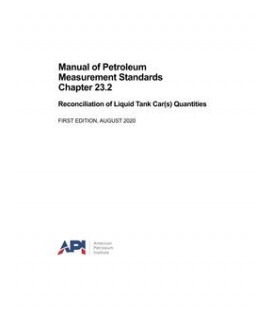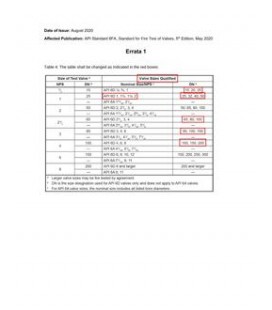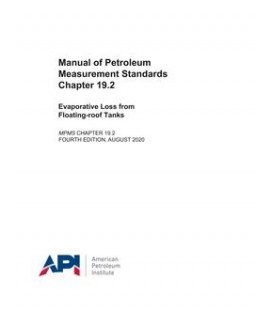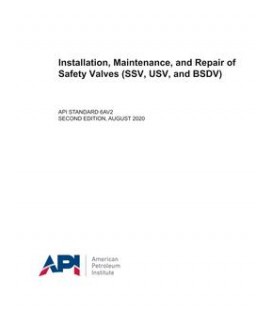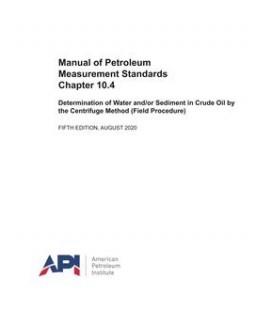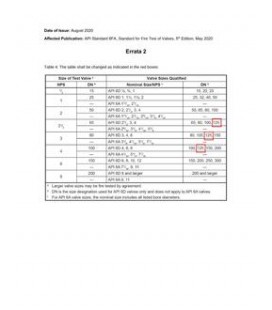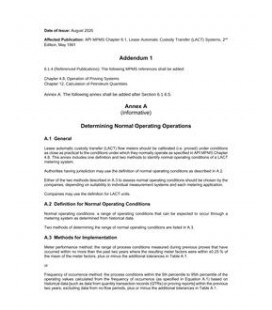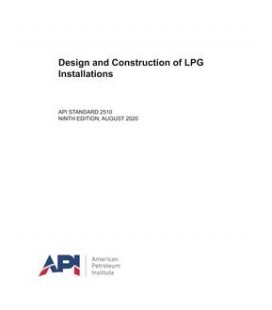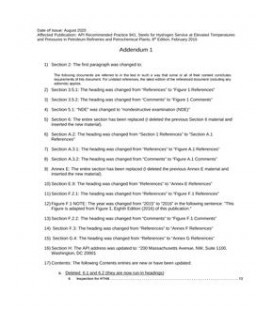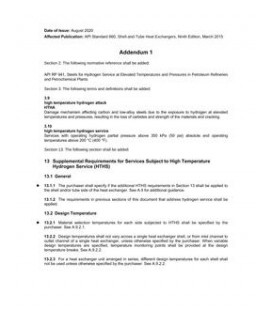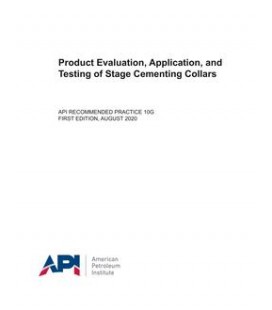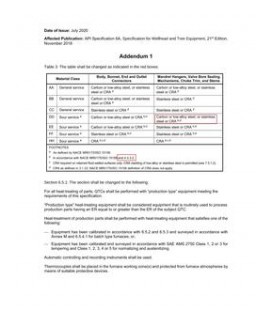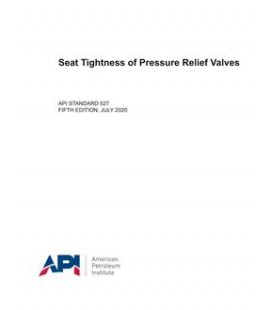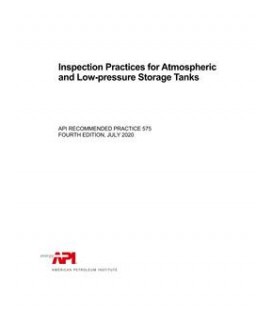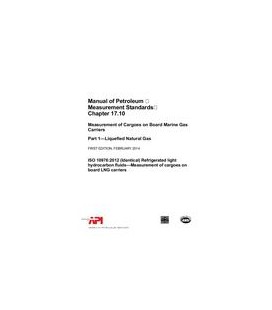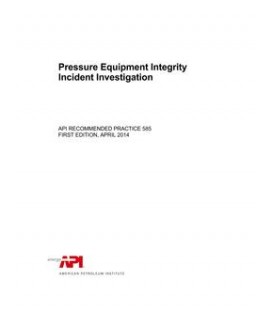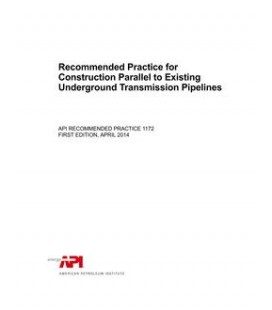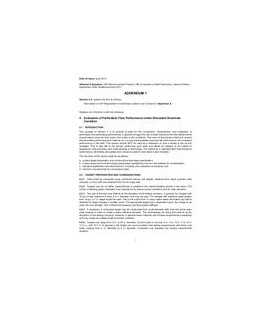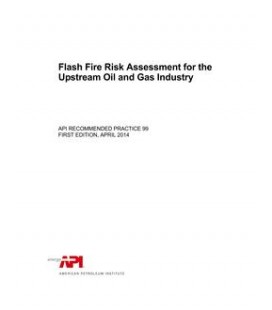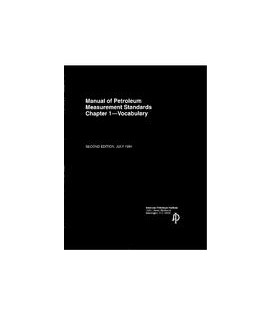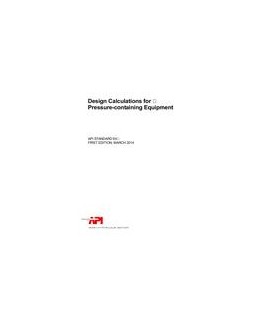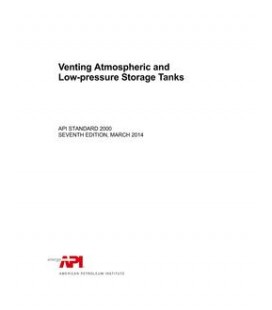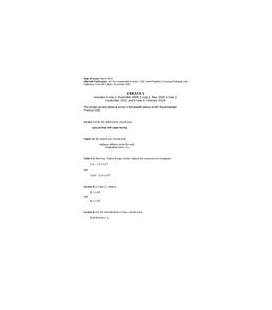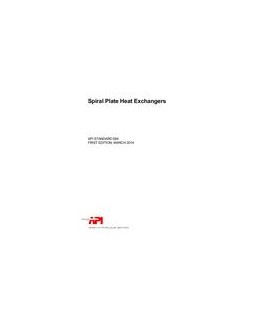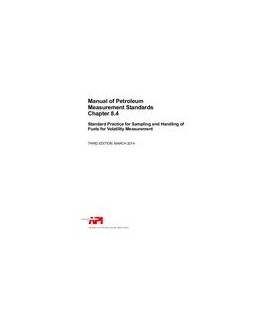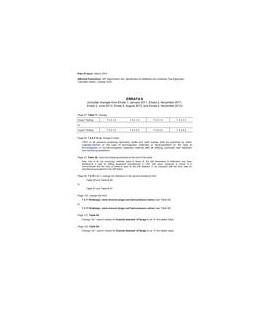Cart
0
0
item(s)
-
$0.00
No products
To be determined
Shipping
$0.00
Total
Quantity
Total
Product successfully added to your shopping cart
There are 0 items in your cart.
There are 0 items in your cart.
Total
API RP 13B-2
API RP 13B-2 Recommended Practice for Field Testing of Oil-based Drilling Fluids, Fifth Edition, Includes Errata 1 (2014), Errata 2 (2018), and Addendum 1 (2019)
standard by American Petroleum Institute, 04/01/2014
Reduced price!
M00008592
New product
Full Description
Please note that any addenda or errata may not be included in translated editions of this standard.This recommended practice provides standard procedures for determining the following characteristics of oil-based drilling fluids:
a)drilling fluid density (mud weight);
b)viscosity and gel strength;
c)filtration;
d)oil, water, and solids concentrations;
e)alkalinity, chloride concentration, and calcium concentration;
f)electrical stability;
g)lime and calcium concentrations, calcium chloride, and sodium chloride concentrations;
h)low-gravity solids and weighting material concentrations.
The annexes provide additional test methods or examples that can optionally be used for the determination of:shear strength (Annex A);oil and water concentrations from cuttings (Annex B);drilling fluid activity (Annex C);aniline point (Annex D);lime, salinity, and solids concentration (Annex E);sampling, inspection and rejection (Annex F);rig-site sampling (Annex G);cuttings activity (Annex H);active sulfide (Annex I);calibration and verification of glassware, thermometers, viscometers, retort kit cups, and drilling fluid balances (Annex J);high-temperature/high-pressure filtration using the permeability-plugging apparatus (PPA) (Annex K);elastomer compatibility (Annex L);sand content of oil-based fluid (Annex M);identification and monitoring of weight-material sag (Annex N);oil-based drilling fluid test report form (Annex O).

